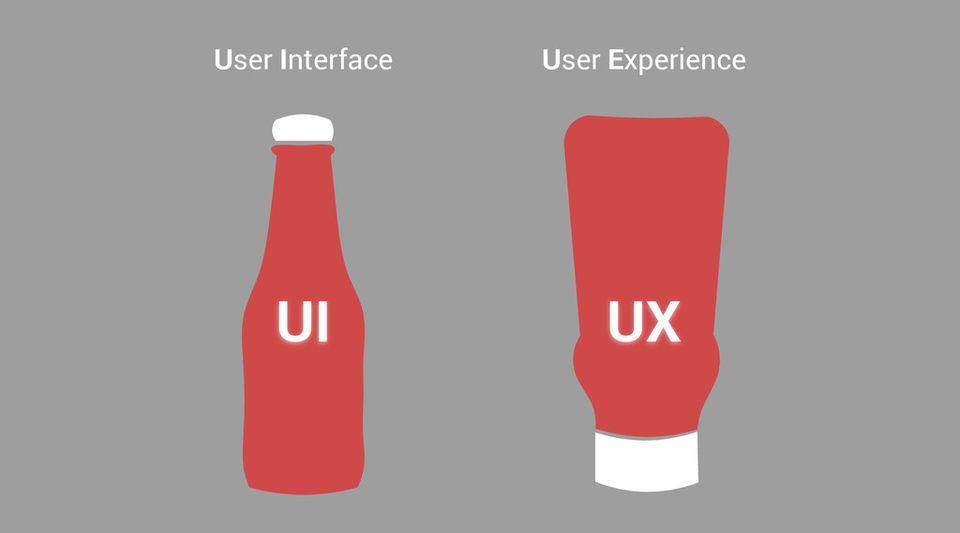The most common trait shared among unsuccessful android mobile apps is that they have reduced user experience. It is increasingly becoming paramount that UX remains top in mind of app developers India as the Android platform continues to develop and evolve.
When you take a look at the number of similar apps in the Google play store, you will realize how competitive the app market is. Those apps that want to thrive will have to single themselves out from their competitors. There are streams of responsive, fast and efficient apps in the play store that deliver a valuable and unique experience but yet suffer from poor reviews and low user ratings; this is caused by the difficulty faced by users in completing tasks or frustration caused by poor usability.
Mobile app UX is a feeling derived by a user while interacting with the app. There are a lot of factors that contribute to the overall user experience of an app; some are based on preference while some are under the control of a designer or developer. These factors include marketing, ergonomics, utility, design, performance, accessibility and usability.
Understanding User’s Needs
If you desire to build a great UX, the first and the most important thing to keep in mind is the user’s interest. Meeting and comprehending the needs of a specific group of users will ensure that the UX of your mobile app is a success from the standpoint of users.
To ensure a user-centered design you have to utilize a user persona. This is a very powerful tool because it is data gotten from the offline and online behaviors, pain points, attitudes of users as well as their wants and needs for a specific product; a mobile app in our case. A persona is designed with a particular group of audience in mind rather than creating an app to cater to the needs of the general group of individuals.
There are a lot of factors that contribute to the entire success of an app, the most important being its user experience. This piece will outline the seven top tactics to use to achieve an optimal UX throughout the lifecycle of an android app.
Error-Free Functionality
A lot of app developers India regrettably end up with an unproductive product because they don’t invest the right amount of time perfecting its functionality. Research carried out by Experience Dynamics shows that about 86% of user’s uninstalled or delete an app due to poor features while 90% stopped using an app because of flawed performance.
The performance of an android app must assist the user to accomplish the task they desire to complete to meet their goals, which is the reason why they downloaded the app initially.
Making core features your priority at the phase of product roadmap development will enable users to accomplish the desired task with excellent efficiency. Research carried out by Compuware shows that while only 16% of users will give more than two attempts after a failed one, a whopping 79% said that they will just give one or two more tries after a first failed attempt.
Efficient Onboarding
A critical component of UX that can either break or make the success of a mobile app is onboarding. The abandonment rates of an app will increase if a user is not on-boarded properly. There are numerous reasons why an Android app user experience is being affected by onboarding, but the most important thing is to make sure that users are not confused in any way. You will want to make basic instructions available to users for mobile app onboarding. The experience might reduce when the information provided during the onboarding process is too much. To increase the retention rate, you will need to leave some parts of the app for users to discover themselves. Just identify the services offered by your app and not necessarily, detailed information on every feature.
Usability
Usability Incorporates the layout of the content, design, information and other elements that facilitate the users to achieve their aims within the app. Assist your users by informing them about the icons that can be swiped, tapped or selected. To enhance usability ensure that the gestures throughout the app are consistent. For instance, if swiping sideways means deleting an item ensure that it’s uniform for all screens throughout the android app. Furthermore, the links and size should be given consideration by making them well-spaced and easy to tap to eliminate any mistake during selection.
Limit Search Effort
Eliminate any hurdle for users to find the item they are searching for especially for a retail app. including a lot of steps may impede the user from finishing the checkout process. Furthermore, it’s paramount not to zero search results. In case the user searched for an item that is not on the list, show similar products so the user can explore more items.
Personalize the UX
The process of UX personalization involved the recording of the behavior of users by an app and stored for the purpose of retargeting. You can offer deals and suggestions if the user has a specific buying pattern, this will further make their purchasing decisions easier. Personalization assists in providing a more relevant and unique experience to the user. The more coordinated the experience is with a user’s preferences and needs, the more chances there are for the user to continue using the app.
Reduce User Input
Impair the amount of effort a user has to input especially during the checkout process. Reduce the number of fields to be filled out by the user, consider using auto-fill and make the whole process of completing a task easy. Providing a guest checkout option will be a great idea since they will not have to open a new account before making purchases. This will improve the conversion rate because it enhances the ease of purchase.
Assure Trustworthiness and Security
Assure users that their personal information is secure and safe by including security badges. Users will feel skeptical about inputting their personal information or credit card details if they have a feeling that the information may be leaked or are unsafe. Inform users before proceeding with the collection of their data like location and give them the freedom to opt-out of targeted ads.
In Conclusion
App developers India needs to design an optimized Android app user experience that will systematically work to meet business goals while ensuring users’ satisfaction. A UX that is optimal needs an innovative drift away from normal routines towards the mobile-focus method of thinking. With changing user behaviors, variations of device capabilities and smaller screens, there are opportunities for advancements in the android app user experience.
Author Bio:
Melissa Crooks is Content Writer who writes for Hyperlink InfoSystem, a mobile app development company in New York, USA and India that holds the best team of skilled and expert app developers. She is a versatile tech writer and loves exploring the latest technology trends, entrepreneur and startup column. She also writes for top app development companies.




